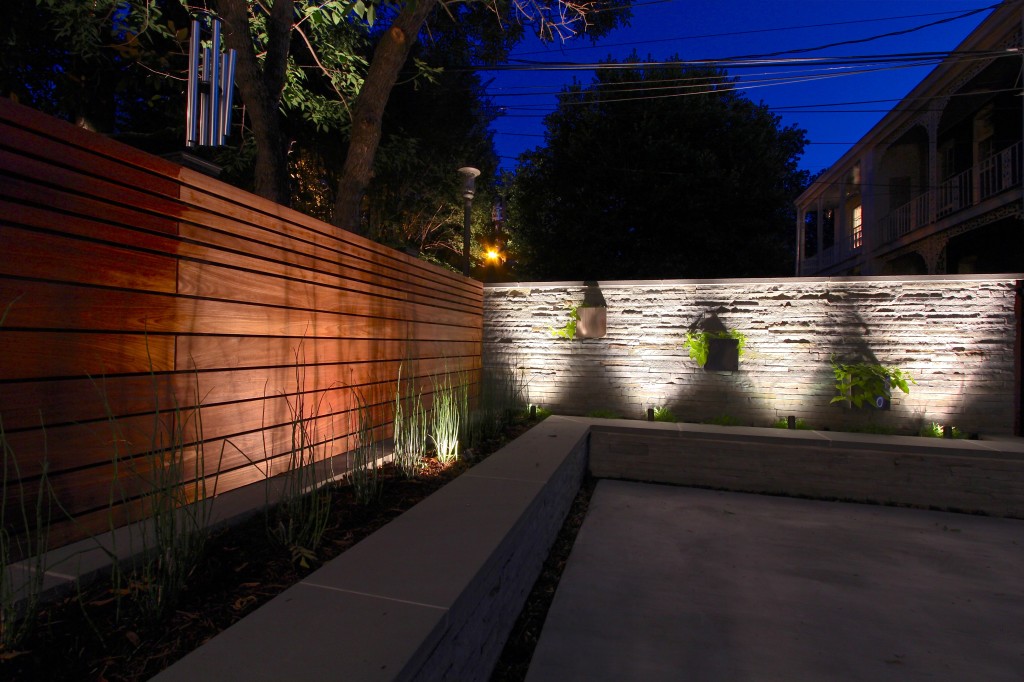Turn on the outdoor lights after sunset and dozens or even hundreds of flying insects will gather together. Lights attract moths, flies, giant mosquitoes, mayflies, beetles, and bugs of all kinds. Frogs and other critters that eat insects will be waiting at the door to eat them. Bugs are attracted to light called phototropism.

Most bugs are phototaxis, but some have positive phototaxis and some have negative phototaxis. Simply put, positive phototaxis means that some bugs will actively approach a light source. Negative phototaxis, on the other hand, is the opposite, with the bug actively moving away from the light source. A classic example of positive and negative phototaxis is the many flying insects that gather around street lights at night. And these flying insects are all positive phototaxis. In contrast, our common snails, watermelon bugs, and other animals are negatively phototactic.
There have been many studies on the correlation between light and the presence of bugs. Marianne Shockley Cruz and Rebecca Lindner of the University of Georgia's Department of Entomology report in a paper titled "Insect Vision: Ultraviolet, Color, and LED Lights." Experimental work supports the existence of color perception in bugs and that bugs are susceptible to shorter wavelengths of visible and ultraviolet light. Wavelength is measured in nanometers, and shorter light waves (less than 550 nanometers) can represent ultraviolet (UV), blue, or green. Cruz and Lindner also cite evidence demonstrating that UV light from the sun and moon correlates with how certain bugs navigate the Earth relationship between work. Another thing to remember about bugs is that certain bugs, like mosquitoes, are attracted to heat and have temperature receptors to help them find it. All of this information can help determine why bugs Will flock to a specific light source.
Wavelength and color temperature:
The color of the light source is important because it attracts bugs. As mentioned earlier, shorter wavelengths (UV, blue, and green) are more visible to bugs than longer wavelengths (yellow, orange, and red). It is important to remember that most bugs cannot see light in the 650 nanometer (yellow) range. Bugs use ultraviolet and infrared light spectrums to navigate and locate food. Since different bugs can see different wavelengths of light and many bugs are attracted to heat, bug lights are never 100% effective. Nonetheless, they reduce bug populations by excluding light from most bugs. UV radiation from incandescent, compact fluorescent (CFL), halogen, and high-intensity discharge lamps is attractive to bugs. Since some bugs navigate by UV light from the sun and moon, closer, brighter UV light sources can interfere with the bugs' direction and attract them. LEDs produce very little or no UV light, so they are less visible to bugs. However, LEDs can still have shorter light wavelengths (blue-white/cool-white), which are more attractive to bugs. Therefore, when choosing LED light strips, it is important to choose LED light strips that emit more light at wavelengths above 550 nanometers, such as warm white, ultra-warm white, or yellow.

Heat
Incandescent, halogen, CFL and HID bulbs consume most of the energy (up to 90%) as heat. Bugs with thermoreceptors can sense the heat emitted by these light sources. LED light strips generate very little heat, making them less attractive to bugs.
What kind of bugs do LED light strips attract? What kind of bugs do LED light strips not attract?
1. LED light strips attract spiders
Spiders are attracted to LED light strips because it’s a good place for them to feed at night. Spiders will eat other bugs and bugs attracted to the LED strips. So, if there are other bugs around your LED strips, you should know that these bugs may be a food source for the spiders and they will join you.
How to get rid of them:
One of the most effective ways to get rid of them is to place a substance called DEET around your LED strips or anywhere else. This product is so effective that you can spray it on or buy repellent that contains DEET.
Another way to get rid of spiders is to place sticky traps near LED strips, where spiders often hang out.
A chemical-free way to get rid of spiders is to place natural items like grapefruit peels, peppermint oil, or cinnamon around your lamp.
2. LED light strips can attract wasps/bumblebees
Wasps and hornets are also attracted to LED light strips because they provide a good food source. Wasps/bumblebees can catch other bugs and bugs, especially those attracted to LED light strips. So if you have wasps or wasps near your LED strips, you should know that they can capture other bugs. Just like spiders, hornets, and hornets eat other bugs that are attracted to LED light strips. So if you have other bugs around your LED strips, don’t be surprised to find wasps and hornets on them as well.

How to get rid of them:
There are many ways you can kill wasps and hornets or keep them away from your LED strips. One of the most effective is DEET. Another effective way to kill wasps and hornets is to spray with permethrin, which can be found in repellents. If you don't want to use chemicals, you can place sticky traps around to catch them. Another chemical-free method is to kill wasps and hornets with water or vinegar. This method works by putting water or vinegar in a spray bottle and spraying wasps and hornets.
3. LED light strips can attract bees
Bees are rarely attracted to LED light strips, but it is possible because these lights sometimes trigger a frontal phototactic response in bees.
The phototactic response of bees refers to the tendency of bees to orient themselves in the direction of a light source.
So if you have bees hanging around your LED strips, it's probably because of the lights.
How to get rid of them:
You can turn off the light for the bees for a while to see if they disappear.
If the bees still don't leave, then you can try spraying them with water or blowing them away with a fan.
I do not recommend killing bees with chemicals because bees are essential for pollination. If you need to remove them because of allergies, spray them with water or use a fan and they will go away.
4. LED light strips attract flies
LED light strips can also attract other insects such as flies and moths. This is because these bugs are often attracted to bright lights. The navigation system also gets cluttered when near the LED light bar. This is because they mistake the lights for sunlight or moonlight and start flying towards them. This means they are ultimately attracted to light.
How to get rid of them:
There are many ways to get rid of flies hanging from your LED strips. One of the most effective methods is to use a fly trap near these bugs, as they are attracted to light. Another effective method is to use duct tape, which has the same effect as a flytrap in that flies are attracted to shiny objects.
5. LED light strips can attract centipedes
If you see centipedes around your LED strips, they may have several other existing bugs. Centipedes, similar to spiders, are attracted to LED lights because their prey is easy to find.
In this case, the centipede will look for other bugs that are attracted to the LED lights. This is because they eat a lot of bugs and other bugs.
How to get rid of them:
Centipede bites can be painful, so it's important to get rid of them safely and effectively.
There are many ways to get rid of those centipedes hanging around your LEDs.
One of the most effective methods is to use borax powder, which will kill centipedes because it interferes with their exoskeleton. You can also use diatomaceous earth or sodium borate, which works similarly to borax.
Another effective method is to use traps that you can create yourself or buy online. One of the most effective ways to get rid of centipedes is to use glue traps.
6. LED light strips cannot attract cockroaches
LED light strips are less likely to attract cockroaches. This is because cockroaches are usually attracted to damp and dark places, which makes LED lights a bad choice for them.
7. LED light strips don’t attract bed bugs
Bed bugs are unlikely to be attracted to LED lights or any other type of light because they are usually found in dark places. They like to hide in beds, clothes, sheets, curtains and other dark places.
8. LED light strips don’t attract ants
Ants are attracted to UV rays that LED lights do not produce. Ants are generally attracted to food, water, and warmth, which is why they may not be attracted to LED lights because the light isn't hot enough to attract them.
Author 2025-06-12
Hishine Group Limited Will Meet Customers In Mexico City.Hishine is thrilled to announce its participation in Expo Eléctrica International 2025, Latin America’s premier trade fair for power and lighti...
Author 2025-05-12
Our recent business trip to Saudi Arabia proved to be a pivotal step in strengthening partnerships and exploring opportunities in the Kingdom’s rapidly growing energy and lighting markets. Below are t...